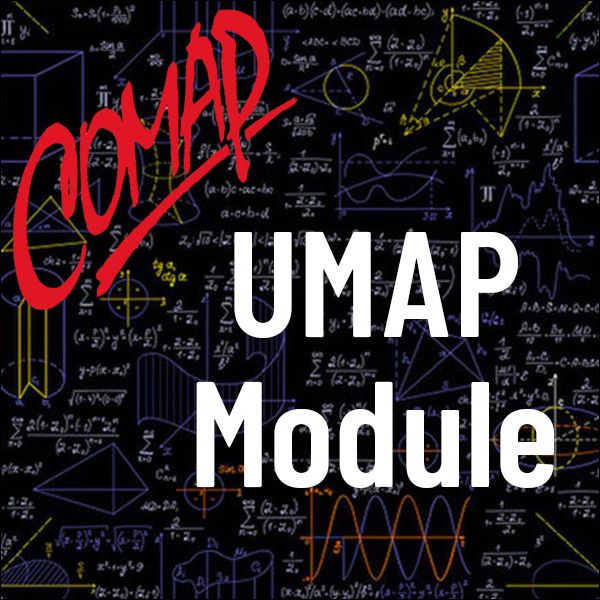Classifying Probability Distribution Functions (UMAP)
Author: John D. Emerson
In this module, the Cantor set is used to construct a distribution that is not discrete or absolutely continuous. An urn model illustrates a random variable which has the Cantor distribution. This distribution leads naturally to the concept of a singular continuous function. An arbitrary distribution function can always be decomposed uniquely into a convex linear combination of three distributions: discrete, absolutely continuous, and singular continuous. Necessary and sufficient conditions are provided for a distribution function to be absolutely continuous, rather than singular continuous. Some of these results can be generalized to functions other than probability distributions.
Table of Contents:
PROLOGUE
1. INTRODUCTION
2. DISTRIBUTION FUNCTIONS
3. THE CANTOR FUNCTION
3.1 Constructing the Cantor Set
3.2 Defining the Cantor Function
3.3 Properties
3.4 A Probability Interpretation
4. SINGULAR CONTINUOUS DISTRIBUTIONS
4.1 Definition
4.2 A Remarkable Example
5. ABSOLUTELY CONTINUOUS DISTRIBUTION
5.1 A Preliminary Theorem
5.2 Relating to the Fundamental Theorem of Calculus
5.3 A Characterization
6. SOME REAL ANALYSIS: BOUNDED VARIATION
7. THE CLASSIFICATION THEOREM
8. DISCUSSION
9. REFERENCES
10. ANSWERS TO THE EXERCISES

Mathematics Topics:
Application Areas:
Prerequisites:
You must have a Full Membership to download this resource.
If you're already a member, login here.